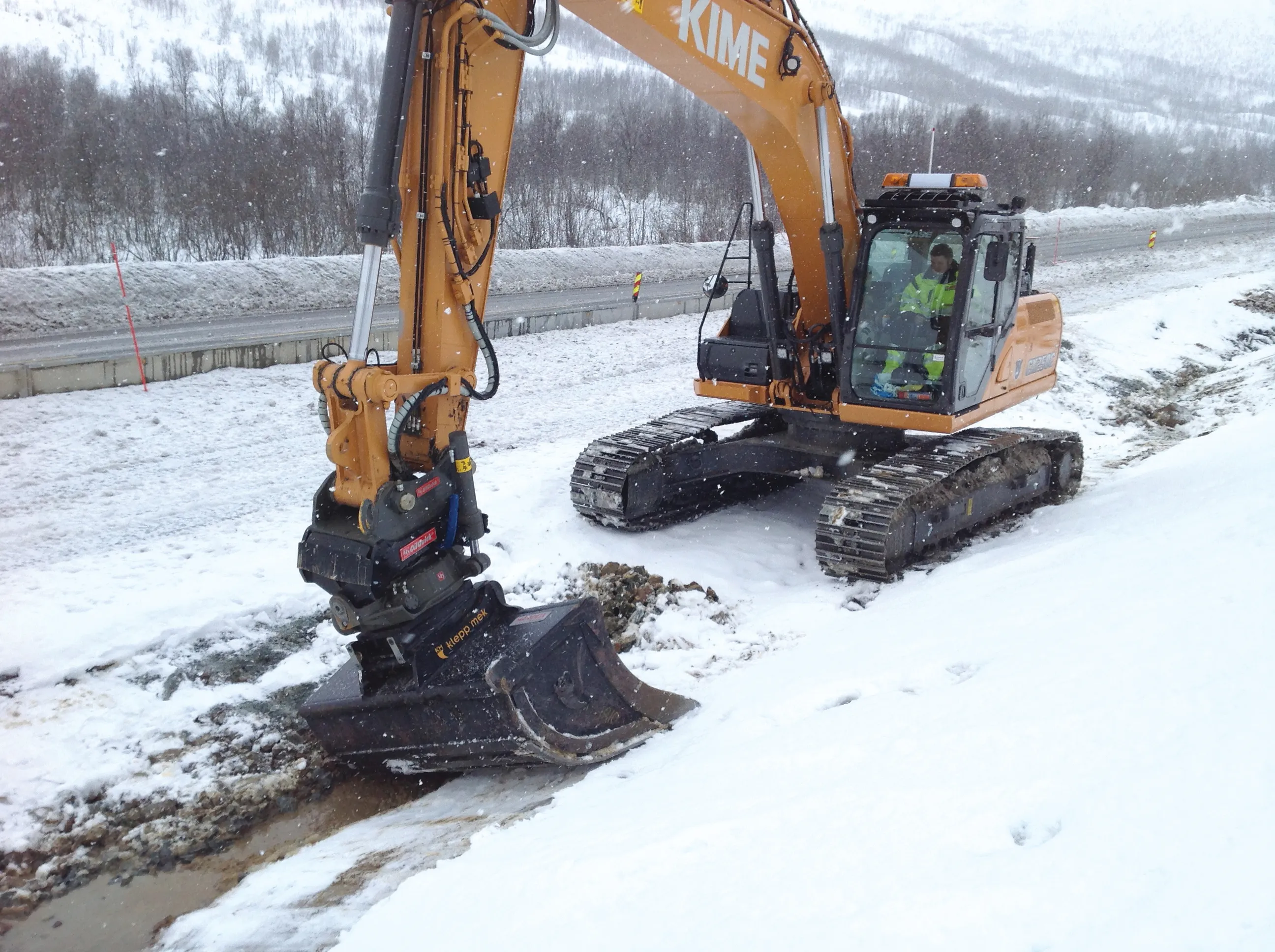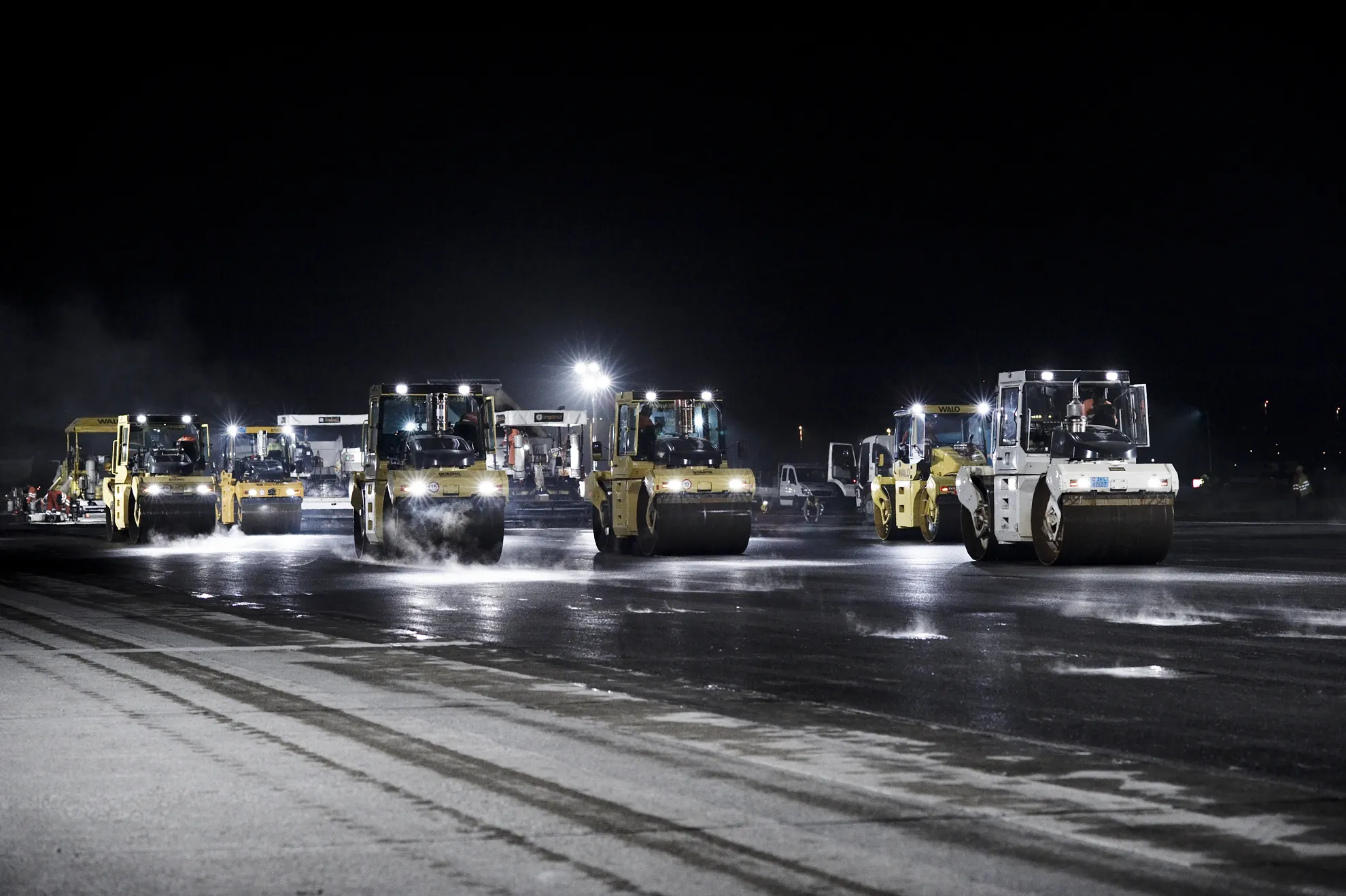Case Construction Equipment dealer Dagenborg Maskin AS, from Tromso in Norway, has modified a Case CX250C crawler excavator to allow the machine to be operated using a single joystick. When operator Thomas Rostad lost much of his right hand in an accident, contractor KIME Maskinentreprenor Kare Isaksen AS, and in particular company owner Morten Willumsen, was very keen for Rostad to return to work, so had the machine rebuilt to meet his individual requirements. KIME was established in 1973 and carries out a
May 30, 2013
Read time: 2 mins

When operator Thomas Rostad lost much of his right hand in an accident, contractor KIME Maskinentreprenor Kare Isaksen AS, and in particular company owner Morten Willumsen, was very keen for Rostad to return to work, so had the machine rebuilt to meet his individual requirements.
KIME was established in 1973 and carries out a variety of construction and civil engineering works throughout Norway. The company is involved in pipe and underwater excavation, road and pavement construction, house building and recycling. However, Rostad will be mainly involved in road building, which includes some pipe laying work.
To meet this need the machine is also supplied with a rototilt attachment that functions through buttons on the left hand servo lever, allowing fine shaping and grading works to be carried out. All C Series Case excavators use the Case Intelligent Hydraulic System, said to ensure the most efficient use of the engine and hydraulic system to boost productivity and increase control for the operator.
“The Case CX250C is a very good machine,” says Rostad. “Especially the sensitive hydraulics, which allow me total control of the bucket or attachment.”








